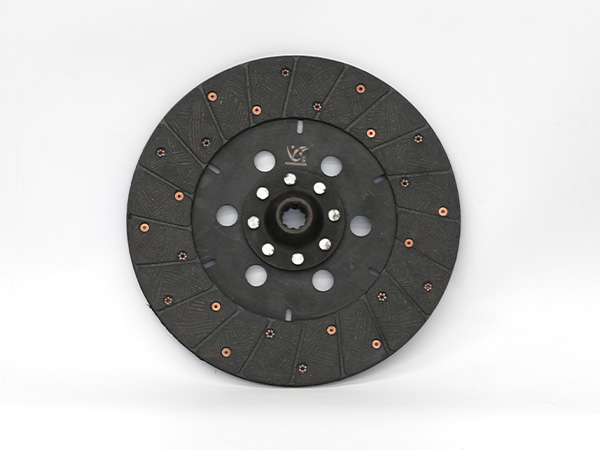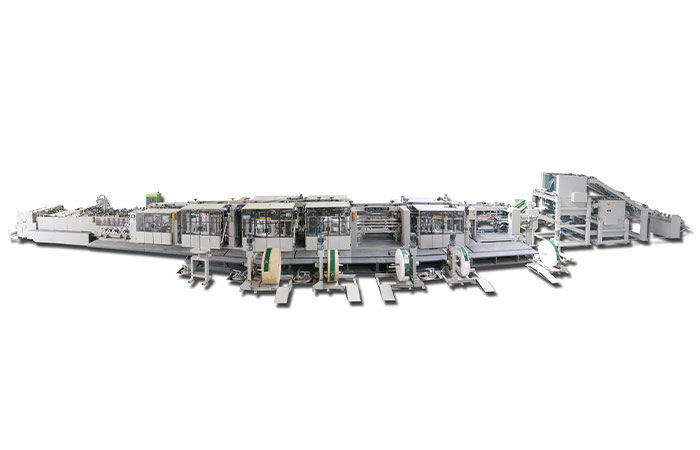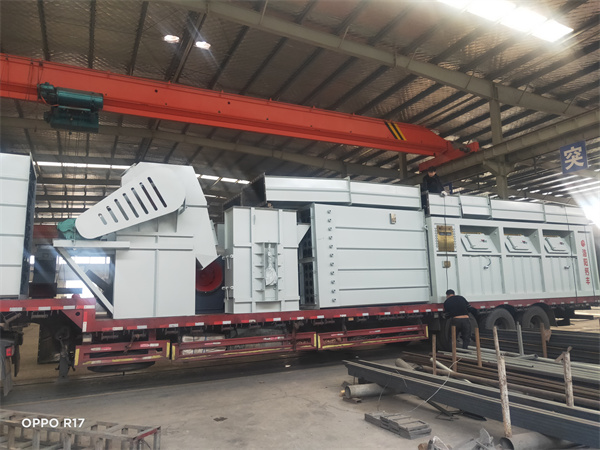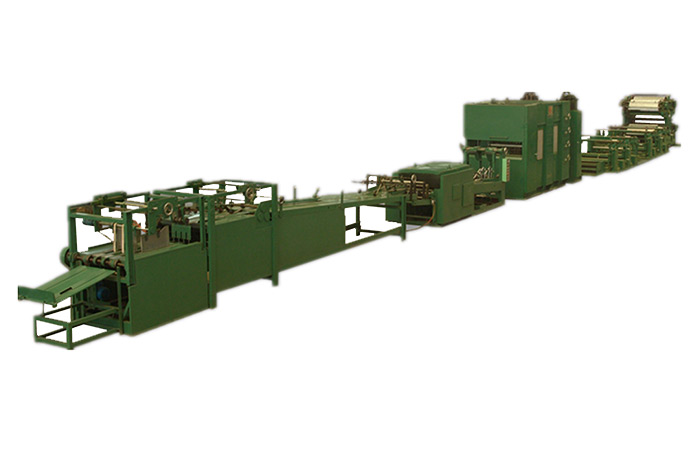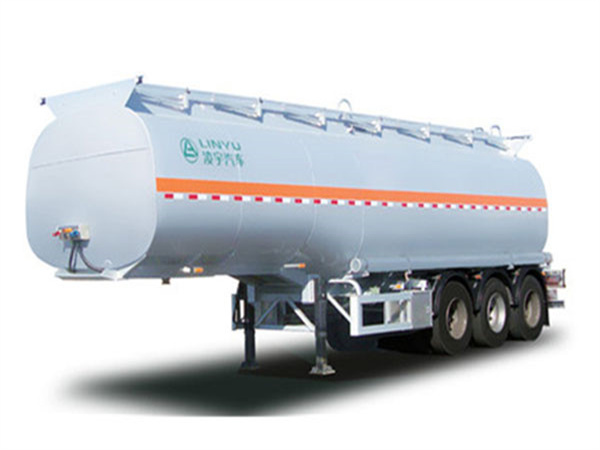https://www.ls-casting-mold.com/wp-content/uploads/2022/05/PU20.02602.jpg
700
700
lsmojv
http://www.ls-casting-mold.com/wp-content/uploads/2018/12/lslogo-300x138.png
lsmojv2022-06-29 17:54:592022-06-29 17:54:59Installation method and process of flexible bearing of harmonic reducer
https://www.ls-casting-mold.com/wp-content/uploads/2022/03/800.43.027-e1648539217619.jpg
799
600
lsmojv
http://www.ls-casting-mold.com/wp-content/uploads/2018/12/lslogo-300x138.png
lsmojv2022-06-29 17:41:532022-06-29 17:41:53What is the material of the clutch friction disc?
https://www.ls-casting-mold.com/wp-content/uploads/2022/02/12-e1645582658515.jpg
600
600
lsmojv
http://www.ls-casting-mold.com/wp-content/uploads/2018/12/lslogo-300x138.png
lsmojv2022-06-29 16:52:472022-06-29 16:52:47How to choose a plant fill light?
https://www.ls-casting-mold.com/wp-content/uploads/2022/02/糊底机全图-e1644893738778.jpg
600
600
lsmojv
http://www.ls-casting-mold.com/wp-content/uploads/2018/12/lslogo-300x138.png
lsmojv2022-06-29 16:42:062022-06-29 16:42:06Why are valve pocket packaging machines so versatile
https://www.ls-casting-mold.com/wp-content/uploads/2022/03/IMG_2083-e1646274786744.jpg
400
600
lsmojv
http://www.ls-casting-mold.com/wp-content/uploads/2018/12/lslogo-300x138.png
lsmojv2022-06-23 17:40:012022-06-23 17:40:01What are the requirements for the installation environment of the compact rack? How to maintain it?
https://www.ls-casting-mold.com/wp-content/uploads/2022/02/12-e1645582658515.jpg
600
600
lsmojv
http://www.ls-casting-mold.com/wp-content/uploads/2018/12/lslogo-300x138.png
lsmojv2022-06-23 17:32:022022-06-23 17:32:02How much do you know about the types of stereoscopic grow rack systems?
https://www.ls-casting-mold.com/wp-content/uploads/2022/02/移动氢氧化钙生产线7-e1644565056663.jpg
529
600
lsmojv
http://www.ls-casting-mold.com/wp-content/uploads/2018/12/lslogo-300x138.png
lsmojv2022-06-23 17:20:542022-06-23 17:20:54WHAT ARE THE PRECAUTIONS WHEN FEEDING CALCIUM HYDROXIDE EQUIPMENT?
https://www.ls-casting-mold.com/wp-content/uploads/2022/02/糊底机全图-e1644893738778.jpg
600
600
lsmojv
http://www.ls-casting-mold.com/wp-content/uploads/2018/12/lslogo-300x138.png
lsmojv2022-06-23 17:08:132022-06-23 17:08:13What are the purchasing skills of the valve bag square bottom machine?
https://www.ls-casting-mold.com/wp-content/uploads/2022/02/糊底机全图-e1644893738778.jpg
600
600
lsmojv
http://www.ls-casting-mold.com/wp-content/uploads/2018/12/lslogo-300x138.png
lsmojv2022-06-23 16:45:582022-06-23 16:46:07What factors will affect the heat sealing effect of valve bag making machine
https://www.ls-casting-mold.com/wp-content/uploads/2022/03/liquid-transporter2-e1648273479998.jpg
400
600
lsmojv
http://www.ls-casting-mold.com/wp-content/uploads/2018/12/lslogo-300x138.png
lsmojv2022-06-22 10:58:482022-06-22 11:00:20How to prevent the spontaneous combustion of oil tank trucks in summer?
Scroll to top


